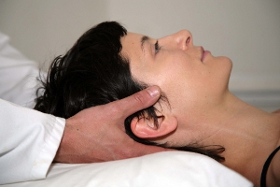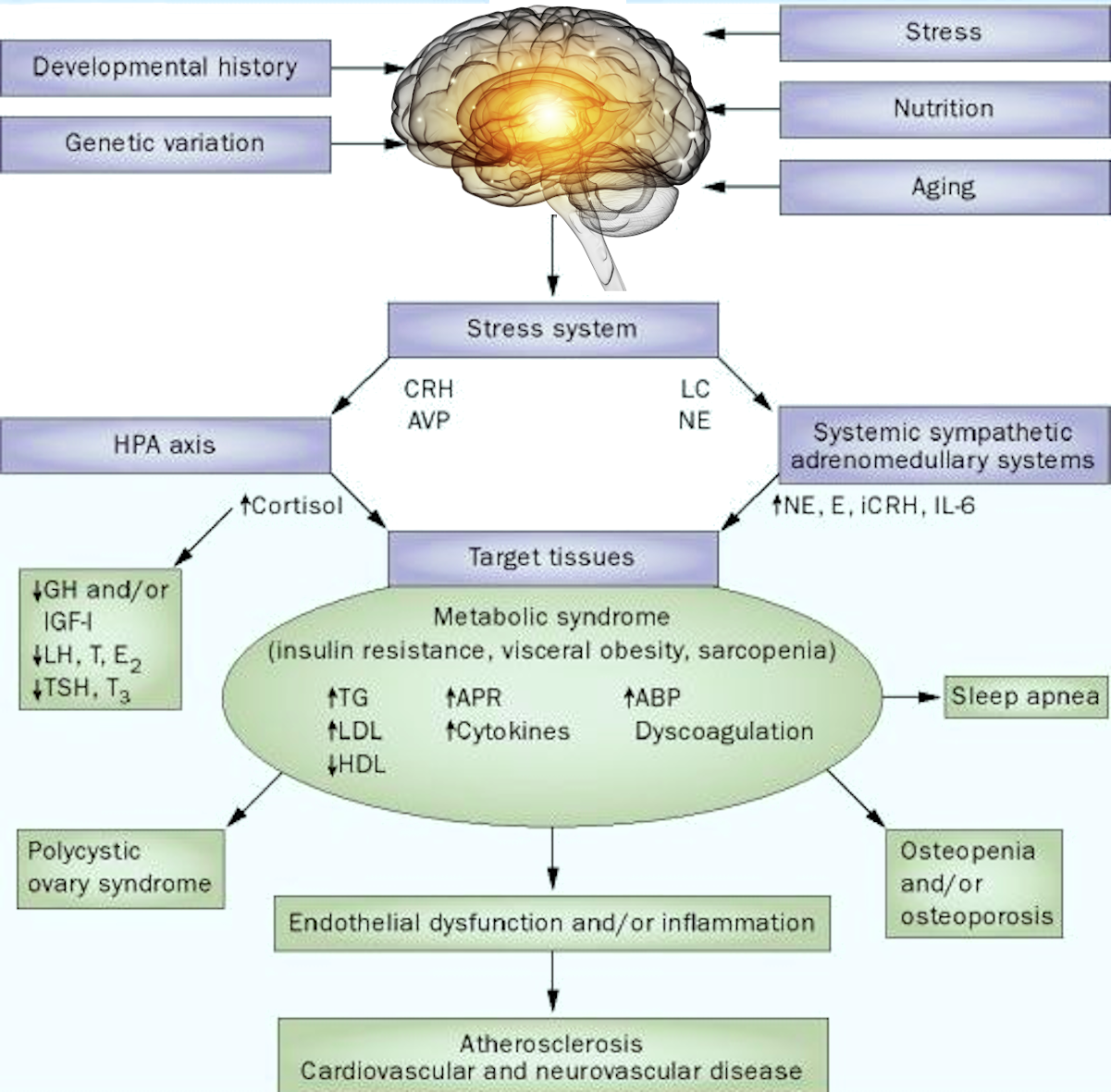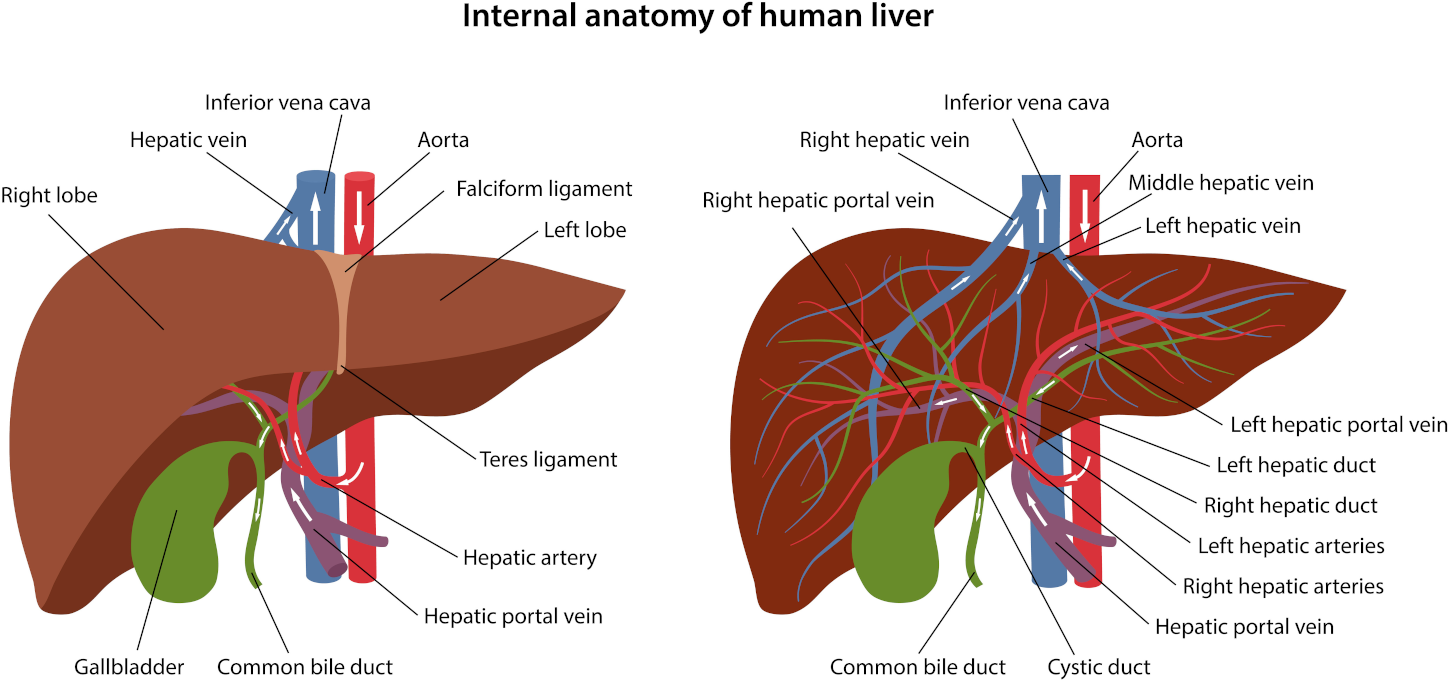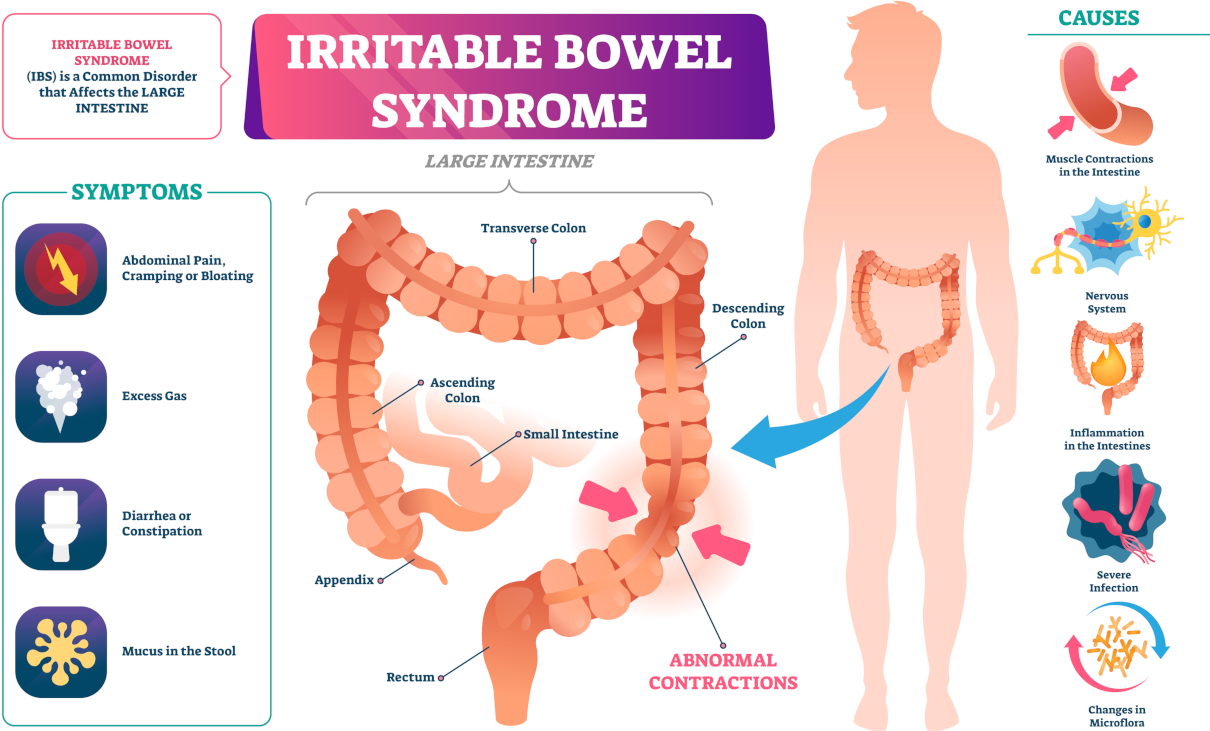
What is osteopathy? Osteopathy is a holistic approach to treating a wide range of aches, pains and stiffness anywhere in the body.
Osteopathy assesses the patient from a mechanical, functional and postural standpoint. The practitioner uses a highly evolved sense of touch to investigate the underlying causes of pain. He also needs it to determine tension and restrictions in the body. These and a detailed patient history can help establish a diagnosis. Osteopathic treatment aims to reduce tension and restrictions, restore balance, and reduce symptoms of pain or stiffness.
A noninvasive, hands-on approach using muscle and soft tissue stretching, rhythmic joint movement, or manipulation techniques helps achieve this. These manual techniques are adjustable to suit each individual’s needs and help improve the range of motion of a joint or reduce tension in a muscle.
Symptoms can result from a previous injury, a childhood condition, poor posture, injury, ageing, poor health, stress, and tension. The osteopath observes asymmetry, misalignment, and tension in the patient and uses this information to help restore proper function during treatment. Osteopathy focuses on treating the underlying or predisposing factors contributing to the patient’s symptoms. Some of the procedures are performed away from the site of the pain.
Principles of osteopathy
A basic osteopathic principle is that the body can heal itself. Therefore, the osteopath aims to help restore proper structure through soft tissue massage, mobilisations, joint manipulation, and other techniques. Restoring adequate structure helps return the body to normal function, reducing symptoms.
Our osteopath treats each patient individually and gives them the best possible attention. He will also create a personalised treatment plan for you. That plan will contain short, medium, and long-term management strategies, such as exercises and general lifestyle advice.
On average, you’ll need two or three treatments. However, for some patients, just one treatment can give complete relief. The number of treatments depends on the individual, the type of problem, and how long the person has had it. We can discuss it once the diagnosis has been made.
The General Osteopathic Council regulates osteopaths. Besides, they undergo rigorous training and Continued Professional Development.











